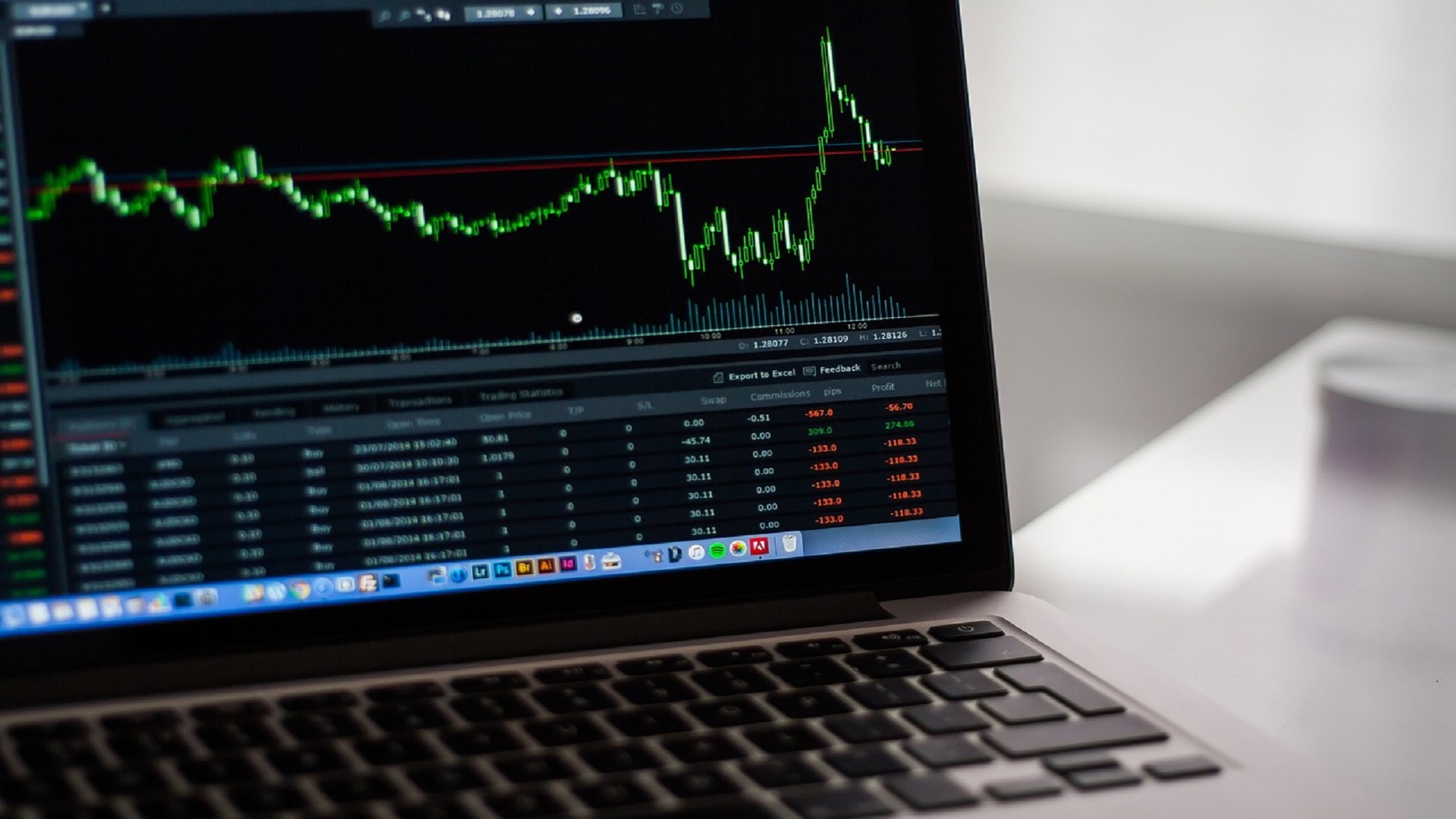
So you’ve decided this is the year when you will make a real effort to start saving for the future, whether it’s towards a new home, your pension or to provide you with the cash for something special you’d like to do. However that New Year’s resolution, which you hatched with great conviction, has failed to materialise but do not fear a new opportunity has just presented itself with the new tax year.
With a new tax year comes new opportunities, choices and chances and they shouldn’t be missed if possible.
Start early and look for tax-efficient saving options
For most savers one of the first options to consider when thinking about saving should be finding out more about an Individual Savings Account (ISA). When you open an ISA you’ll find there is no tax to pay on the final lump sum when you come to take this out. This is because the government gives every adult an annual ISA allowance or limit which you can invest each year tax-efficiently. The allowance for the current tax year 2017-18 is £20,000, although of course you don’t have to invest the full amount; just as much as you feel you can afford each month or over the course of the year.
It’s important to note that your ISA allowance for this tax year can’t be rolled over to next year if you don’t start to invest now. It really is a case of “Use it or lose it”! So it does make sense to open an ISA and start saving as soon as possible in this present tax year to give you the chance to gain the maximum benefit from the tax advantage this type of plan offers.
The new tax year and Individual Savings Accounts (ISA) – explained
There are a number of options you can consider once you decided to open an Individual Savings Account (ISA). ISAs are available as Cash ISAs, Stocks and Shares ISAs and, new for 2016, a Peer to Peer (or Innovative Finance) ISA where you are effectively lending your money to businesses.
As of 2017-18, you will also be able to elect to save in a new type of plan, the Lifetime ISA. This is aimed at those aged between 18 and 40 and is intended to help you save towards your first home or for your pension. The maximum you can save in this new plan is £4,000 each year and the government will then provide a 25% bonus on your contributions at the end of the tax year. So if you decide to open a Lifetime ISA once they become available and can save £4,000 each year, as a saver you will effectively receive a £1,000 bonus every 12 months.
If you take the decision to opt for a simple Cash ISA, you’ll find this works in much the same way as an ordinary savings account with a bank or building society, except you won’t need to pay tax on the interest you earn.
ISAs are in addition to the new Personal Savings Allowance (PSA), which came into effect on April 6, 2016 and allows all basic rate taxpayers to now earn £1,000 of savings interest a year without having to pay any tax on it.
However don’t be put off investing in a Stocks and Shares ISA by thinking these will be complicated. For anyone new to saving, you’ll find that many such ISAs are available where the investment decisions are taken by the provider’s experts and all you need to do is put your savings into the plan each month or in lump sums if that suits you better, and they’ll take care of the rest.
You can choose to invest your annual allowance in just one type of ISA or across different ISAs as long you don’t exceed your limit.
What type of ISA is likely to offer the best returns?
When starting your savings journey it’s very important to view your savings regime as a long term plan, this will help you build up to the sort of final lump sum target you’d like to achieve. In this case the evidence suggests that a Stocks and Shares ISA is likely to provide a higher rate of return than a Cash ISA in the long run.
As an example, taking the tax year 2014-15, the average Stocks and Shares ISA showed growth of 7.4% while the average Cash ISA returned 1.53% during the same period. It’s also been shown that the average Stocks and Shares ISA showed positive growth in 10 out of the 16 years since ISAs were introduced in 1999.*
How easy is it to withdraw cash from my ISA if I need to?
Now you made the decision to start saving, it’s perhaps inevitable that the next question may be about how easy it is to get access to your cash if you need to. You can make a withdrawal from your ISA savings plan at any time but you will need to check if the provider you chose to save with offer withdrawal restrictions.
It’s also worth noting that until this current tax year you were not allowed to pay the same amount back in to your plan as part of your annual allowance. However the government has changed the rule meaning that some ISAs will now allow you to make a withdrawal and then reinvest during the same tax year without affecting your personal allowance. Please check the rules on flexibility with the ISA provider you choose to save with.
The important things to keep in mind therefore once you’ve decided to start a savings plan are to start as early as possible in this tax year, take advantage of the tax-efficient savings options provided by your annual ISA allowance and view the plan as a long term investment to ensure you give your money time to earn you the best return possible.
When you take out an investment product with us your capital is at risk and you may get back less than you have put in. If you have any questions or are in any doubt as to whether a savings plan such as an Individual Savings Account (ISA) is suitable for you, we recommend that you contact a financial adviser for advice. No advice has been provided by Shepherds Friendly within this blog regarding ISAs.
* Source: moneyfacts.co.uk


